Home>Furniture & Design>Interior Design Trends>What To Do If Glass Breaks In Dishwasher
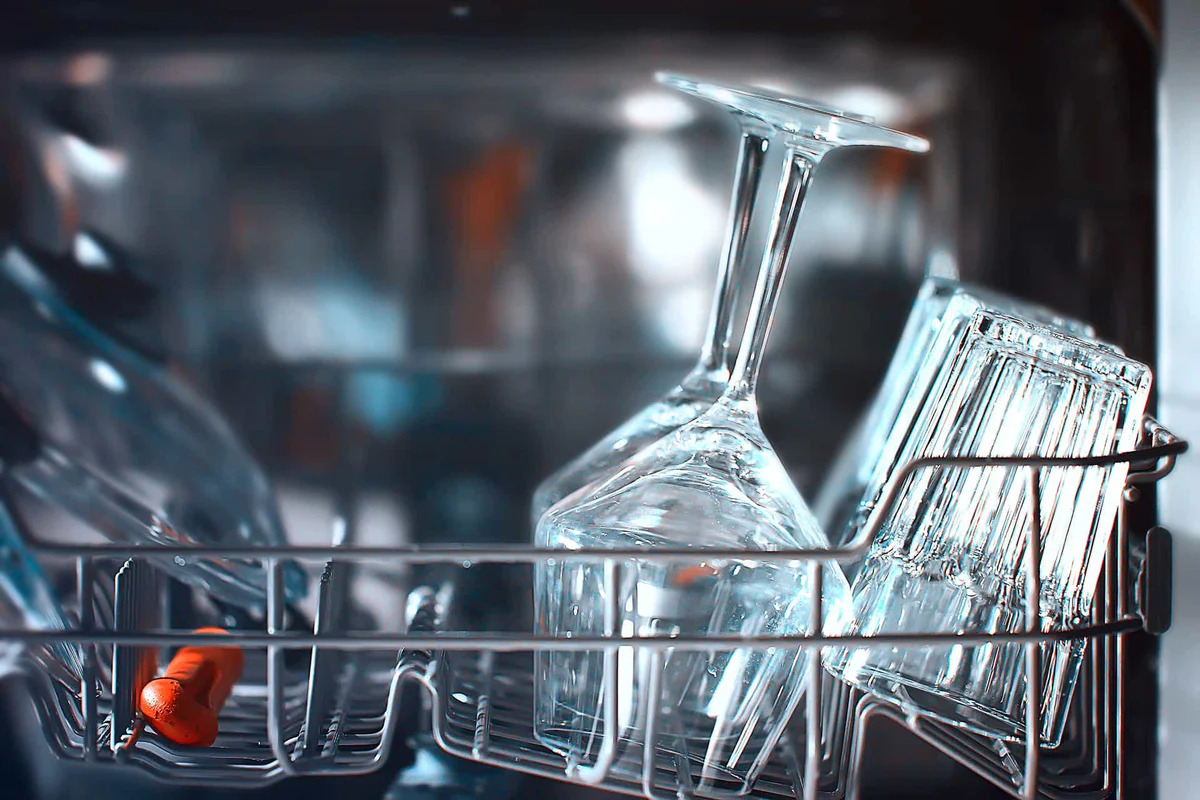

Interior Design Trends
What To Do If Glass Breaks In Dishwasher
Modified: August 17, 2024
Discover the best interior design trends for dealing with a broken glass in the dishwasher. Learn how to handle this situation effectively and safely.
(Many of the links in this article redirect to a specific reviewed product. Your purchase of these products through affiliate links helps to generate commission for Storables.com, at no extra cost. Learn more)
Introduction
Dealing with broken glass in a dishwasher can be a daunting and potentially hazardous task. Whether it's a shattered glass or a fragile dish that has succumbed to the rigors of the dishwasher cycle, the presence of broken glass demands immediate attention to ensure the safety of both the appliance and its users. When glass breaks in the dishwasher, it's crucial to handle the situation with care and precision to prevent any potential harm.
The presence of broken glass in the dishwasher poses a multifaceted challenge. Not only does it necessitate the removal of sharp shards and fragments, but it also requires a thorough cleaning to ensure that no residual pieces compromise the appliance's functionality or pose a risk to future loads. Furthermore, neglecting to address broken glass in the dishwasher can lead to clogging, damage to the appliance, and potential safety hazards for anyone handling the dishes.
In this comprehensive guide, we will delve into the essential steps for addressing broken glass in a dishwasher. From safety precautions to meticulous cleaning techniques, we will provide a detailed roadmap for effectively managing this common household mishap. By following these guidelines, you can safeguard your dishwasher, protect yourself from potential injuries, and restore the appliance to its optimal working condition.
As we navigate through the intricacies of handling broken glass in the dishwasher, it's important to approach the task with a methodical mindset and a keen eye for detail. By prioritizing safety, thoroughness, and precision, you can effectively mitigate the aftermath of broken glass and ensure that your dishwasher continues to function flawlessly. Let's embark on this journey to address broken glass in the dishwasher with confidence and competence.
Key Takeaways:
- Safety first! When dealing with broken glass in the dishwasher, always wear protective gear, isolate the area, and switch off the dishwasher to prevent injuries and ensure a secure cleanup.
- After removing broken glass, clean the dishwasher thoroughly with soapy water, inspect for remaining glass particles, and run a test cycle to ensure the appliance’s safety and functionality.
Safety Precautions
When confronted with broken glass in the dishwasher, prioritizing safety is paramount. The presence of sharp shards and tiny glass fragments necessitates a cautious approach to prevent potential injuries and ensure a secure environment for addressing the situation. By adhering to the following safety precautions, you can effectively mitigate the risks associated with handling broken glass in the dishwasher.
-
Protective Gear: Before initiating the cleanup process, equip yourself with essential protective gear, including sturdy gloves and closed-toe shoes. These items serve as a crucial barrier against potential cuts and injuries caused by handling broken glass.
-
Isolate the Area: To contain the spread of glass fragments, it's imperative to cordon off the immediate vicinity of the dishwasher. Restrict access to the area and ensure that pets and children are kept at a safe distance to prevent accidental exposure to the broken glass.
-
Switch Off the Dishwasher: Prior to commencing the cleanup, turn off the dishwasher and unplug it from the power source. This precautionary measure prevents any inadvertent activation of the appliance during the removal of broken glass, reducing the risk of electrical hazards.
-
Allow Cooling Time: If the dishwasher has recently completed a cycle, allow sufficient time for the interior components to cool down. Handling broken glass in a hot or steam-filled environment can increase the risk of burns and discomfort.
-
Mindful Handling: Exercise extreme caution when handling broken glass and sharp fragments. Avoid hasty movements and handle the pieces with deliberate care to minimize the risk of cuts and injuries.
-
Proper Disposal: Utilize a sturdy dustpan and brush to carefully collect the broken glass pieces. Ensure that the shards are deposited into a designated puncture-resistant container, such as a thick-walled plastic bag, to prevent punctures and leaks.
-
Thorough Cleanup: After removing the visible glass fragments, perform a meticulous inspection of the dishwasher's interior to identify any residual pieces. Use a flashlight to illuminate hard-to-reach areas and ensure that no glass remnants remain lodged within the appliance.
-
Ventilation: Maintain adequate ventilation in the vicinity of the dishwasher to disperse any airborne particles and minimize the inhalation of glass dust. Open nearby windows or utilize fans to facilitate air circulation during the cleanup process.
By diligently adhering to these safety precautions, you can effectively navigate the process of addressing broken glass in the dishwasher while mitigating potential risks and safeguarding the well-being of everyone involved. Prioritizing safety at every stage of the cleanup is essential for a secure and successful resolution of this common household mishap.
Removing Broken Glass
Addressing the aftermath of broken glass in a dishwasher demands a meticulous approach to effectively remove the shards and fragments without compromising safety. The process of removing broken glass encompasses several essential steps, each designed to minimize the risk of injuries and ensure a thorough cleanup of the affected area.
The initial phase of removing broken glass involves equipping oneself with protective gear, including sturdy gloves and closed-toe shoes, to create a vital barrier against potential cuts and injuries. Once adequately protected, carefully inspect the dishwasher's interior to identify the areas affected by the broken glass. Utilize a flashlight to illuminate the space, as this aids in identifying even the smallest glass particles that may be lodged in hard-to-reach corners or crevices.
Using a pair of long-handled tweezers or tongs, carefully extract the larger glass fragments from the dishwasher's interior. Exercise caution and deliberate movements to prevent further breakage and minimize the dispersal of glass particles. As the visible shards are removed, employ a handheld vacuum with a nozzle attachment to meticulously suction any remaining glass particles and dust from the dishwasher's interior. This step ensures a comprehensive removal of glass remnants and minimizes the risk of overlooked fragments causing future issues.
Following the vacuuming process, utilize a damp microfiber cloth to gently wipe down the interior surfaces of the dishwasher. This aids in capturing any residual glass particles and dust, effectively preparing the appliance for the subsequent cleaning phase. Once the visible glass fragments and dust have been successfully removed, proceed to dispose of the collected glass shards in a designated puncture-resistant container, such as a thick-walled plastic bag, to prevent potential punctures and leaks.
By meticulously adhering to these steps, you can effectively remove broken glass from the dishwasher, mitigating the risk of injuries and ensuring a thorough cleanup of the affected area. This methodical approach prioritizes safety and precision, laying the foundation for the subsequent cleaning and inspection processes to restore the dishwasher to its optimal working condition.
If glass breaks in the dishwasher, carefully remove any large pieces with gloves and a towel. Run a short cycle with vinegar to clean any remaining shards. Always be cautious and thorough to avoid any injuries.
Cleaning the Dishwasher
After the meticulous removal of broken glass and shards from the dishwasher, the subsequent phase involves a comprehensive cleaning process to eliminate any residual glass particles, dust, and potential debris that may compromise the appliance's functionality. This critical step not only ensures the restoration of a safe and hygienic environment but also contributes to the long-term performance and longevity of the dishwasher.
To initiate the cleaning process, prepare a solution comprising warm water and mild dish soap in a basin or container. This gentle yet effective cleaning solution serves as a versatile agent for dislodging any remaining glass particles and grime from the dishwasher's interior surfaces. Dip a soft microfiber cloth or sponge into the soapy water solution and meticulously wipe down the interior walls, racks, and door of the dishwasher. Pay particular attention to the areas where the broken glass was initially located, as well as the nooks and crannies that may harbor residual debris.
Following the initial wipe-down, rinse the microfiber cloth or sponge thoroughly and dampen it with clean water. Proceed to wipe the dishwasher's interior once again, ensuring the removal of any soap residue and lingering particles. This dual-phase cleaning approach effectively eliminates any remaining traces of broken glass and dust, restoring the appliance to a pristine and sanitized state.
In addition to the interior surfaces, it is imperative to address the dishwasher's filter and drainage system. Remove the filter assembly and carefully inspect it for any glass fragments or debris that may have accumulated. Clean the filter under running water to dislodge any trapped particles, ensuring that it is free from obstructions and residue. Similarly, inspect the drainage area and remove any visible debris or glass remnants that may impede the appliance's drainage function.
Once the interior surfaces, filter, and drainage system have been thoroughly cleaned and inspected, allow the dishwasher to air dry naturally. This facilitates the evaporation of any residual moisture and ensures that the appliance is completely dry before the next use. As a final touch, consider running a short rinse cycle with a dishwasher-safe cleaning agent or vinegar to further sanitize the interior and eliminate any lingering odors or contaminants.
By diligently adhering to this comprehensive cleaning process, you can effectively eliminate any traces of broken glass from the dishwasher, restore its hygienic integrity, and safeguard its operational efficiency. This meticulous approach not only addresses the immediate aftermath of broken glass but also contributes to the overall maintenance and care of the appliance, ensuring its continued functionality and reliability.
Inspecting for Remaining Glass
After the meticulous removal and cleaning processes, it is imperative to conduct a thorough inspection of the dishwasher's interior to identify any potential remaining glass particles that may have eluded previous efforts. This critical step serves as a proactive measure to ensure that the appliance is entirely free from glass remnants, thereby mitigating the risk of future issues and maintaining its optimal functionality.
To commence the inspection, equip yourself with a reliable flashlight to illuminate the interior of the dishwasher. This essential tool facilitates the detection of even the smallest glass particles that may be nestled in obscure corners, crevices, or within the racks and utensil holders. With the aid of the flashlight, carefully scrutinize the entire interior space, paying particular attention to areas where the broken glass was initially located and any sections that may pose challenges for visibility.
As you navigate through the inspection process, adopt a methodical approach by systematically examining each component and surface within the dishwasher. Focus on the rack tines, the edges of the door and interior walls, and the nooks where residual debris may accumulate. Additionally, inspect the utensil holders, spray arms, and any removable components to ensure that they are free from any lingering glass particles or dust.
In the pursuit of a comprehensive inspection, consider utilizing a handheld mirror to access and illuminate hard-to-reach areas within the dishwasher. This strategic approach enables you to gain visibility into confined spaces and angles that may be obscured from direct line of sight, thereby enhancing the effectiveness of the inspection process.
As you scrutinize the interior of the dishwasher, remain vigilant for any glints or reflections that may indicate the presence of glass particles. Exercise patience and attentiveness, as the detection of minute fragments may require a keen eye and deliberate observation. Should you encounter any residual glass particles during the inspection, utilize long-handled tweezers or tongs to carefully extract them from the dishwasher's interior, ensuring that no remnants compromise the appliance's future use.
By diligently conducting a comprehensive inspection for remaining glass, you can effectively ascertain the pristine condition of the dishwasher's interior, free from any potential hazards or obstructions. This meticulous approach not only safeguards the appliance's functionality but also provides peace of mind, knowing that the aftermath of broken glass has been thoroughly addressed and resolved.
Read more: Why Do Jews Break Glass
Running a Test Cycle
After the meticulous removal, cleaning, and inspection processes, it is imperative to validate the effectiveness of the cleanup efforts by running a test cycle on the dishwasher. This pivotal step serves as a practical means of ensuring that the appliance operates seamlessly and that no residual glass particles or debris compromise its functionality. By initiating a test cycle, you can evaluate the dishwasher's performance, drainage efficiency, and overall condition, thereby confirming the successful resolution of the broken glass mishap.
To commence the test cycle, ensure that the dishwasher is devoid of any dishes, utensils, or cookware, allowing the appliance to undergo the cycle unencumbered. With the interior surfaces and components thoroughly cleaned and inspected, proceed to close the dishwasher door securely, ensuring that it is properly latched to facilitate the initiation of the test cycle.
Select a short or quick wash cycle on the dishwasher's control panel, typically lasting between 30 to 60 minutes. Initiate the cycle as per the manufacturer's instructions, allowing the dishwasher to progress through the stages of washing, rinsing, and draining. Throughout the test cycle, maintain a vigilant presence to monitor the appliance's operation, listening for any unusual sounds or observing any irregularities in its performance.
As the test cycle nears completion, pay close attention to the drainage phase, ensuring that the dishwasher effectively expels the water without any signs of obstruction or inefficiency. Upon the completion of the test cycle, open the dishwasher door and inspect the interior surfaces for any residual moisture, odors, or signs of malfunction.
Following the test cycle, evaluate the cleanliness and dryness of the dishwasher's interior, confirming that it is free from any lingering glass particles, dust, or debris. Additionally, assess the drainage system to ensure that it functions optimally, expelling the water without any impediments or residual particles.
By running a test cycle on the dishwasher, you can effectively validate the success of the cleanup efforts and ascertain the appliance's restored functionality and operational integrity. This practical assessment not only provides assurance of a thorough cleanup but also instills confidence in the appliance's ability to resume its essential role in the kitchen, free from the aftermath of broken glass.
Now that you've mastered cleaning up after a dishwasher mishap, why not tackle another common kitchen challenge? Keeping your refrigerator spotless can boost both hygiene and efficiency in your cooking space. Our guide on cleaning tips offers practical advice on scrubbing every nook and cranny, ensuring your fridge looks and operates at its best. Don't miss out on these essential techniques to elevate your kitchen's cleanliness and functionality!
Frequently Asked Questions about What To Do If Glass Breaks In Dishwasher
Was this page helpful?
At Storables.com, we guarantee accurate and reliable information. Our content, validated by Expert Board Contributors, is crafted following stringent Editorial Policies. We're committed to providing you with well-researched, expert-backed insights for all your informational needs.
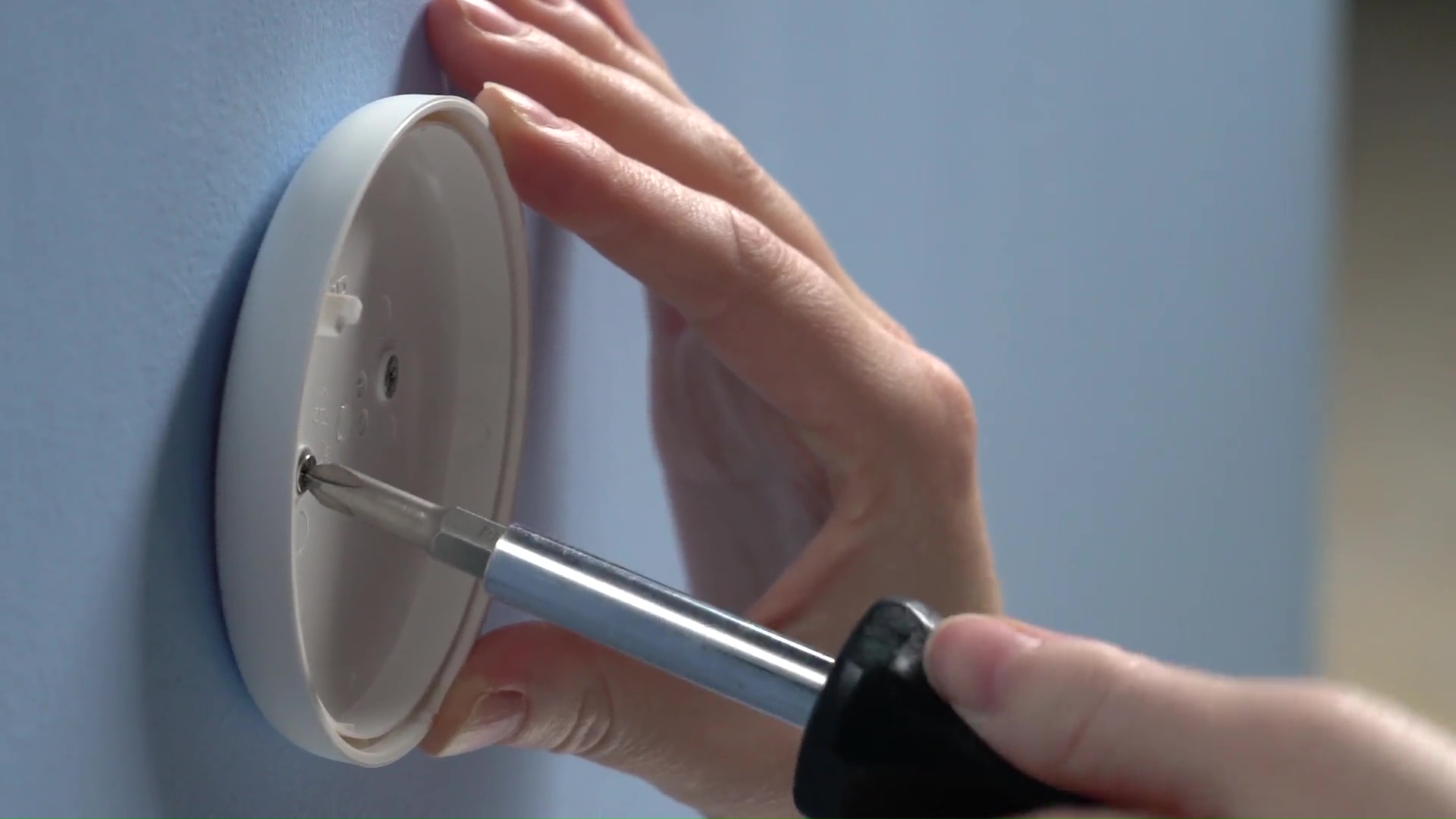
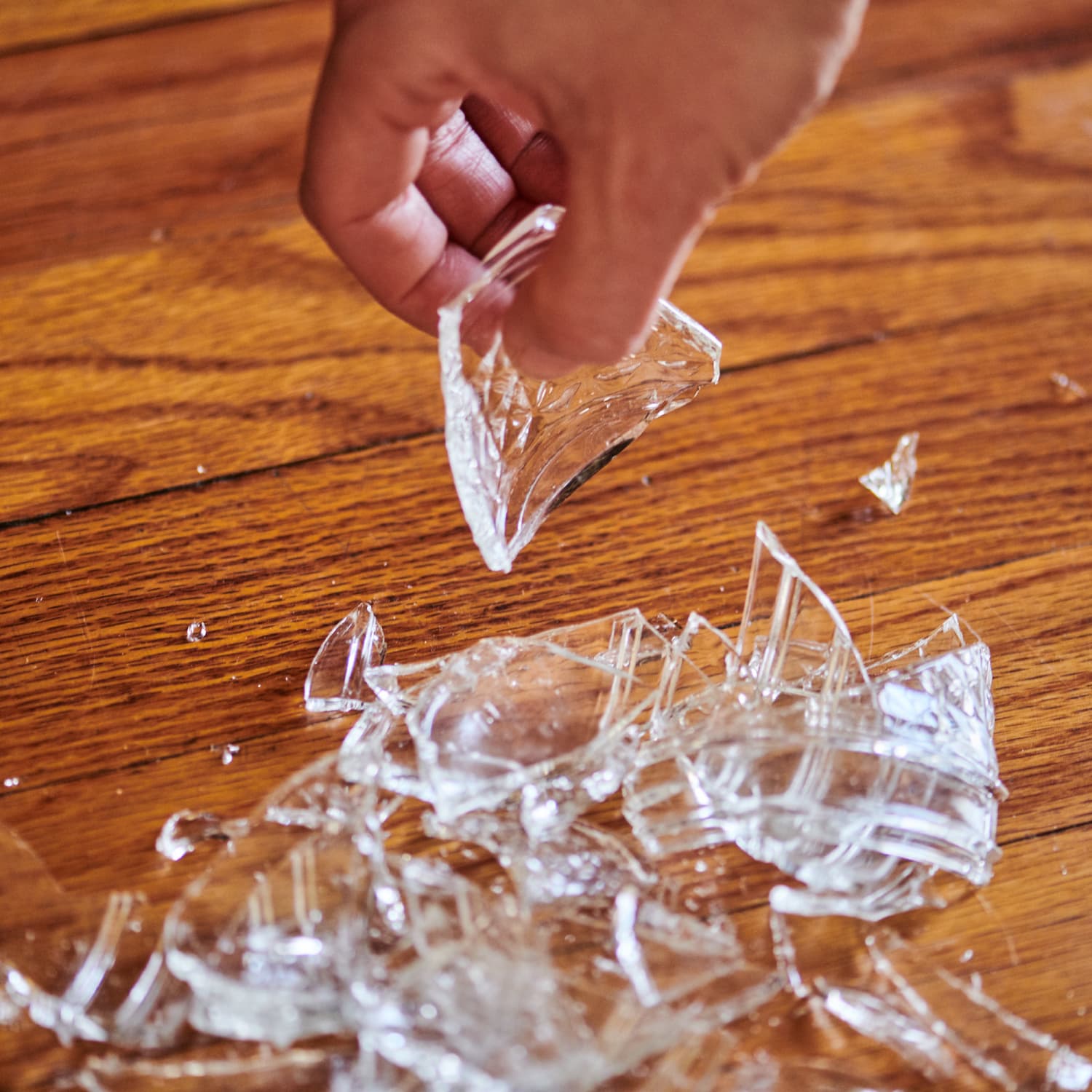

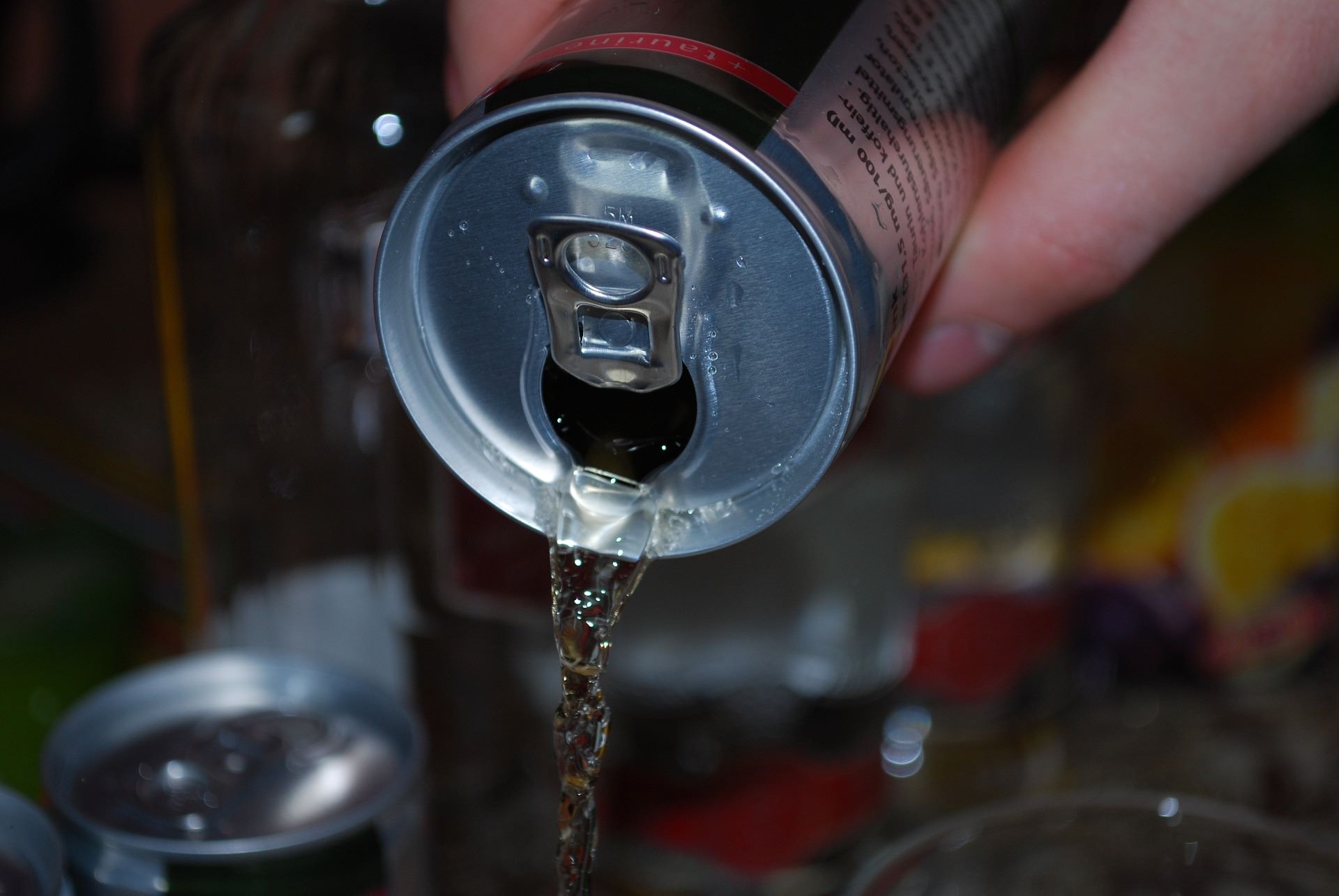

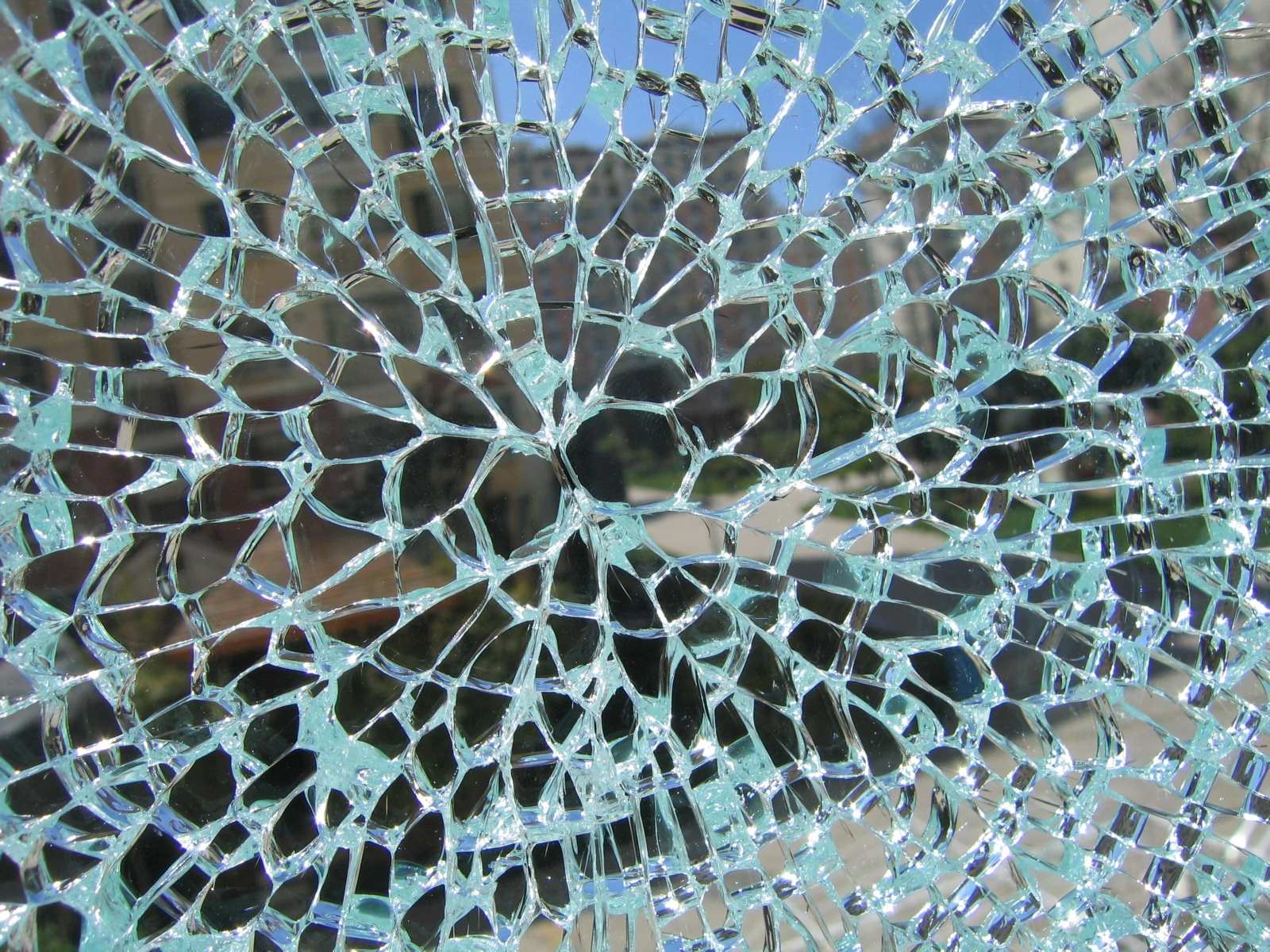
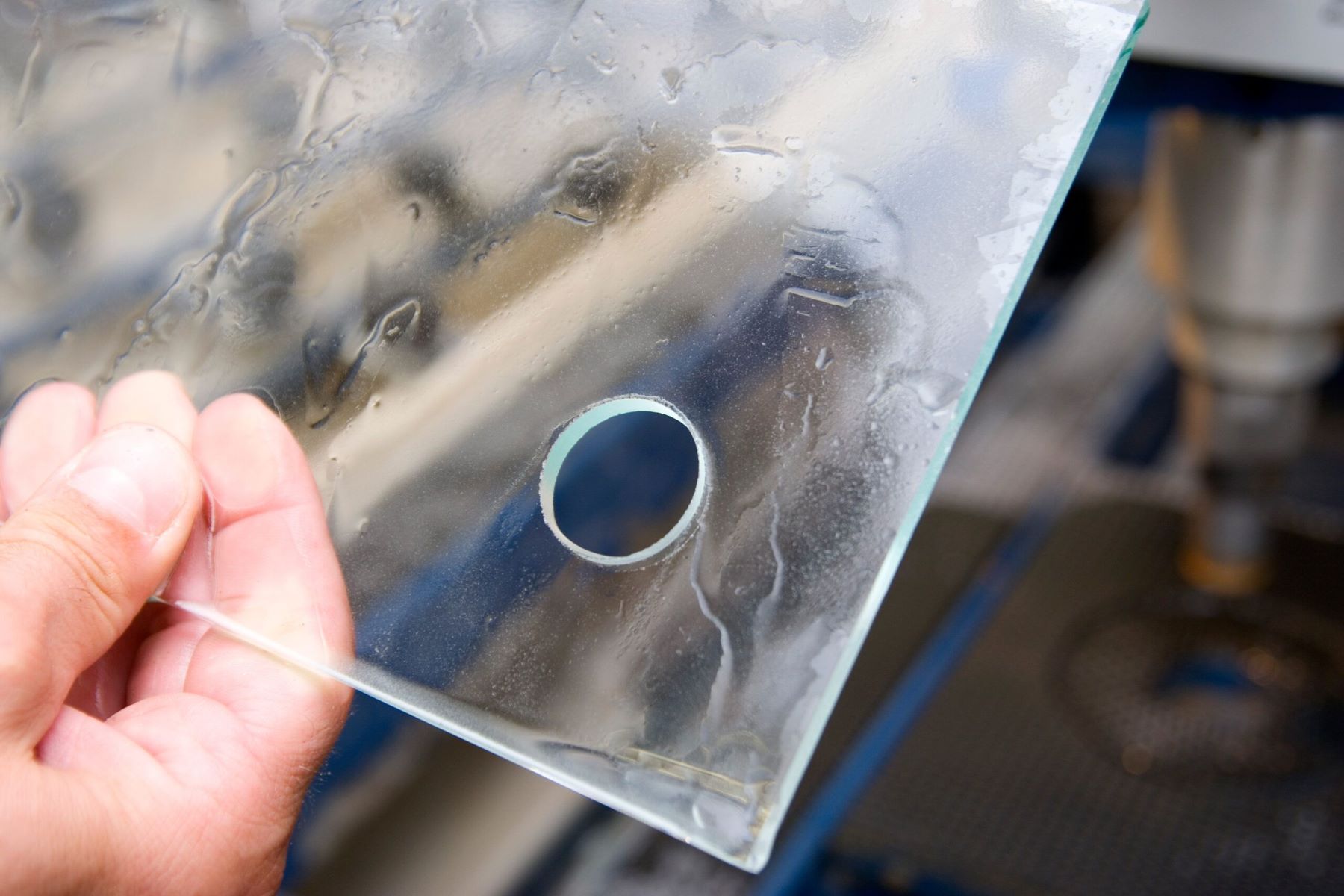

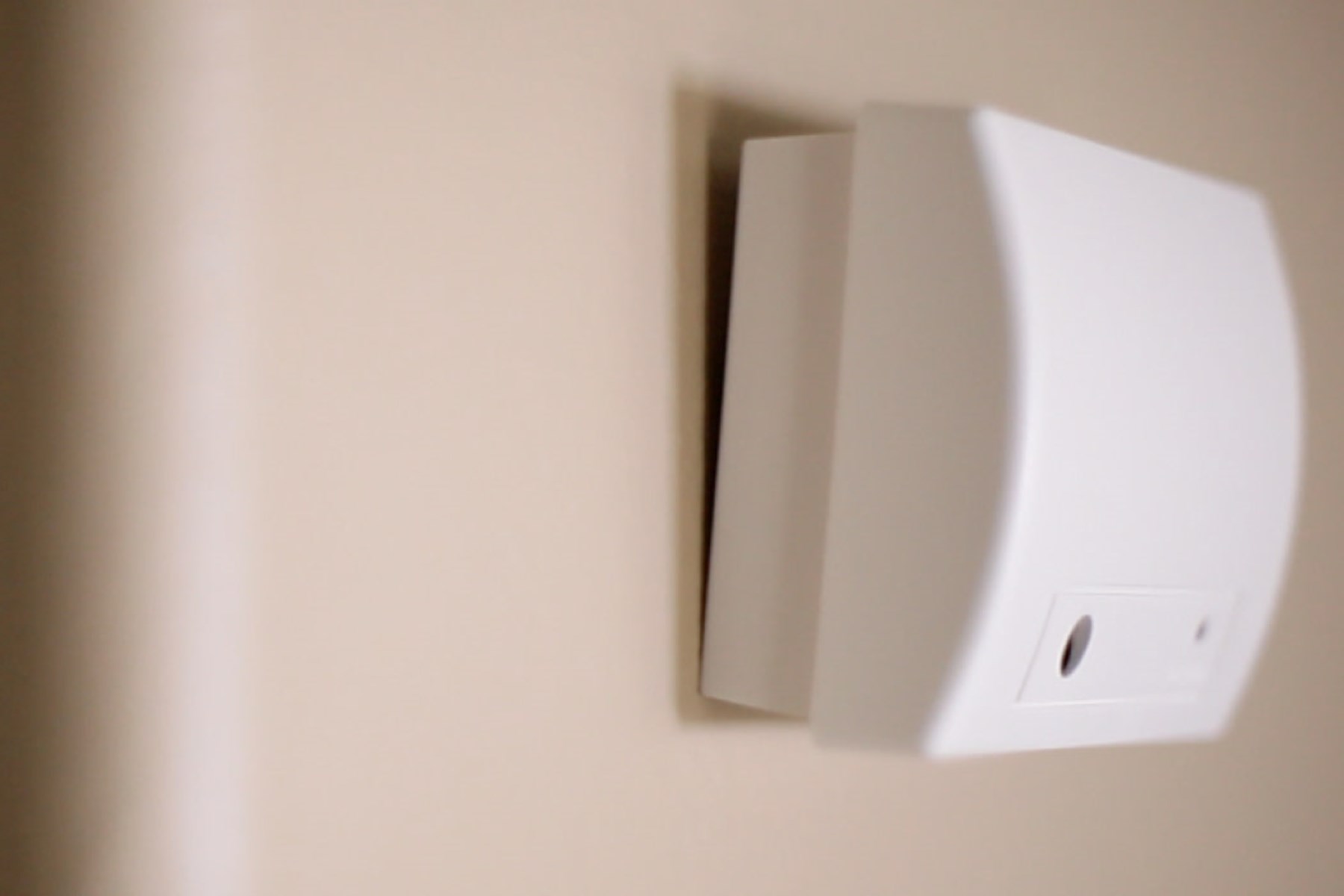
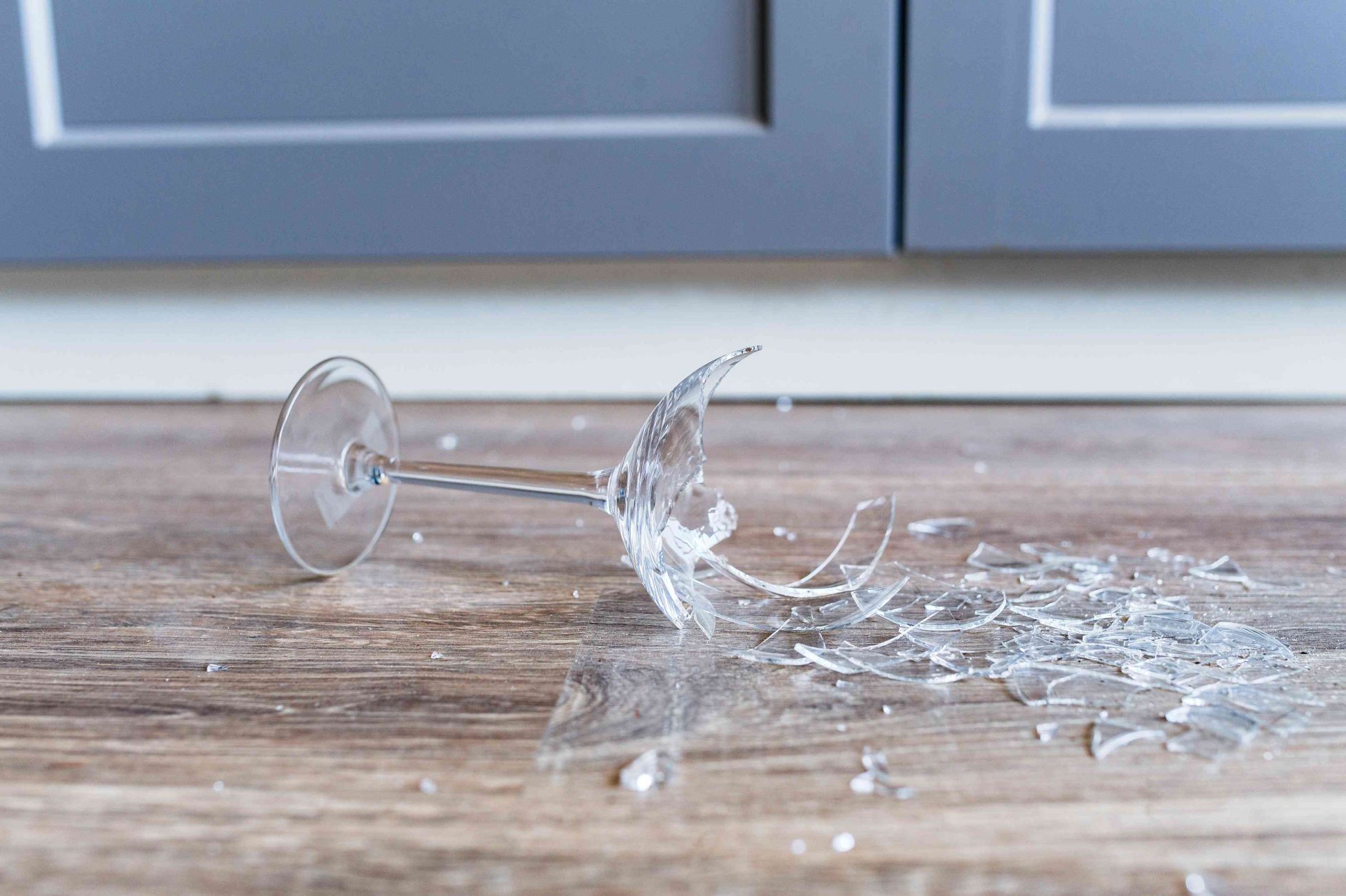
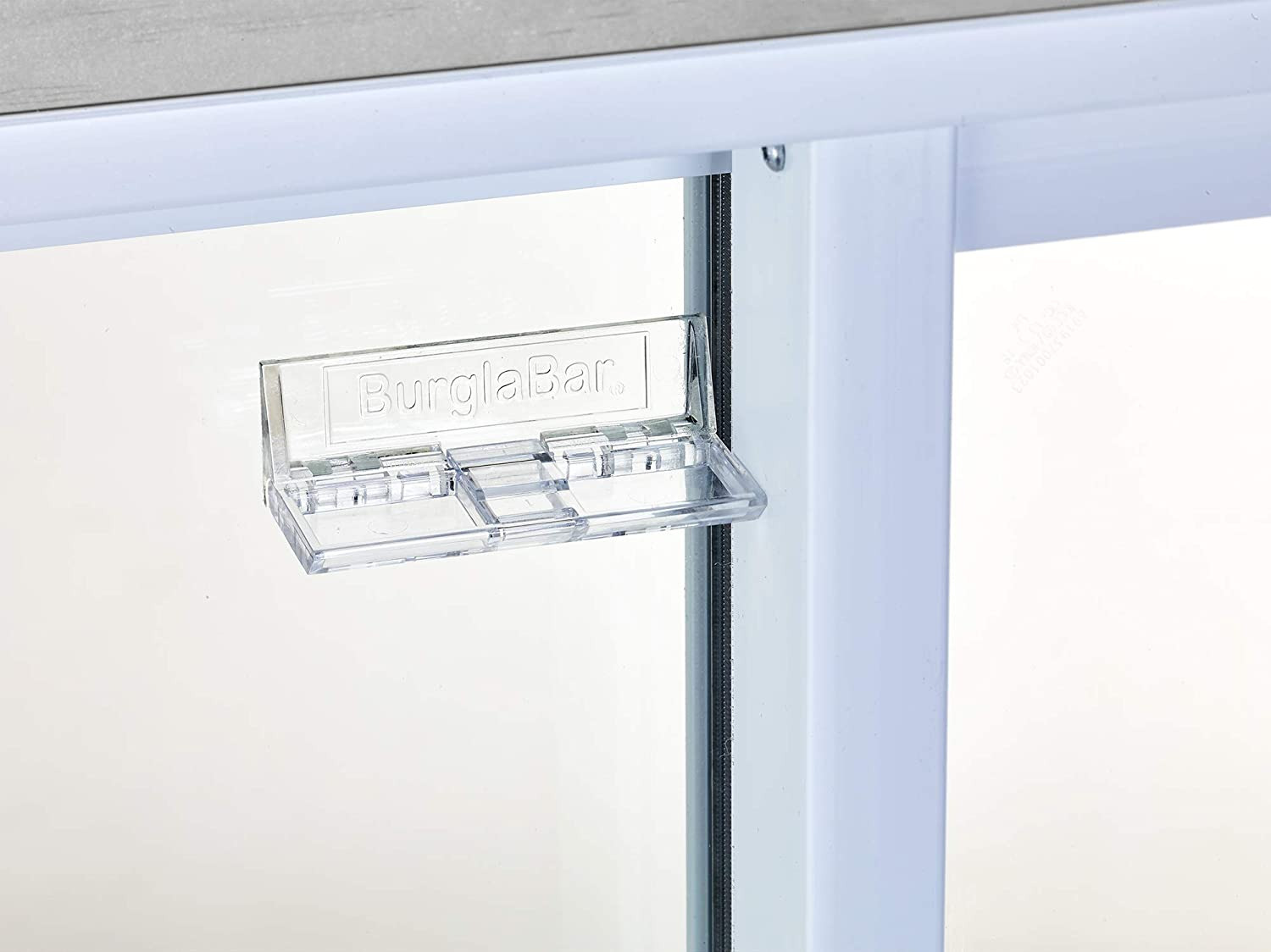




0 thoughts on “What To Do If Glass Breaks In Dishwasher”